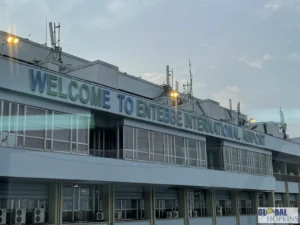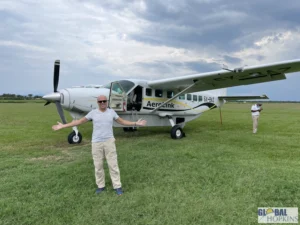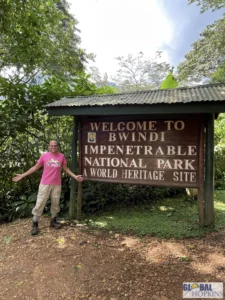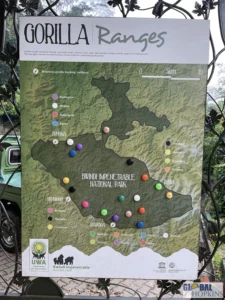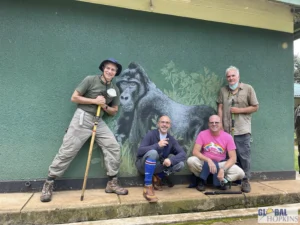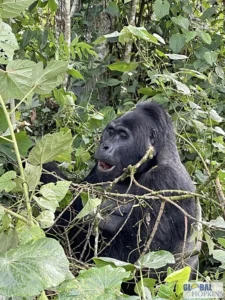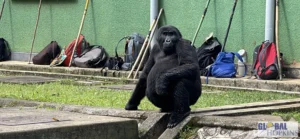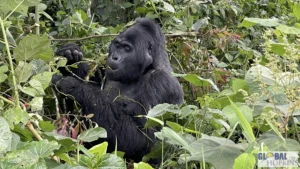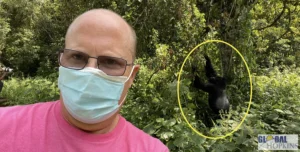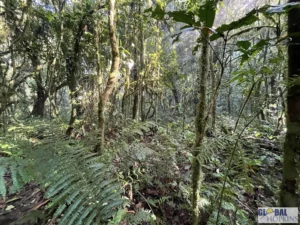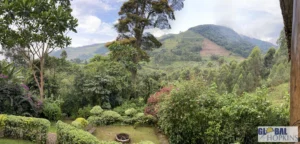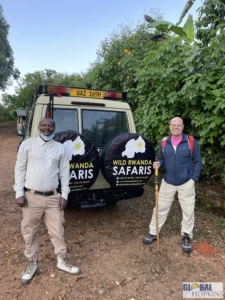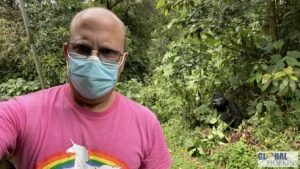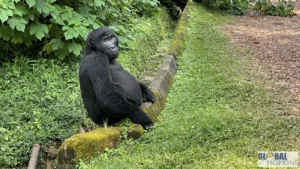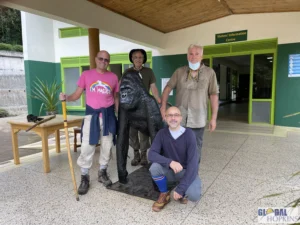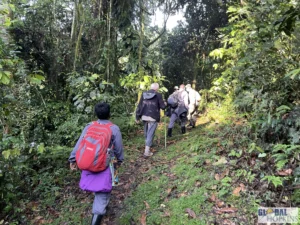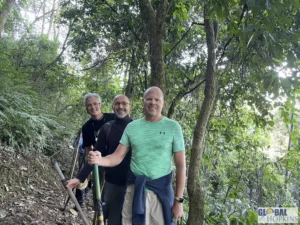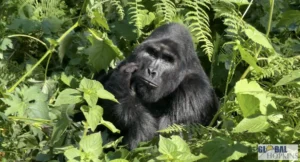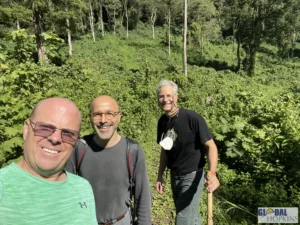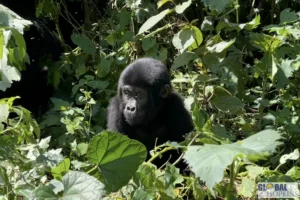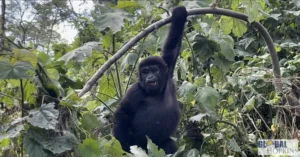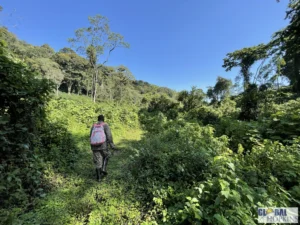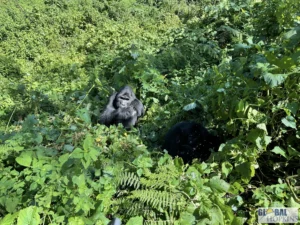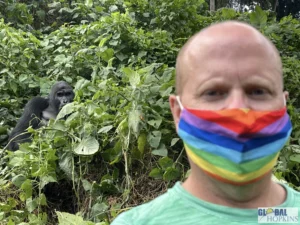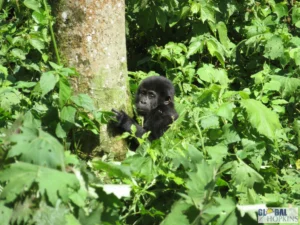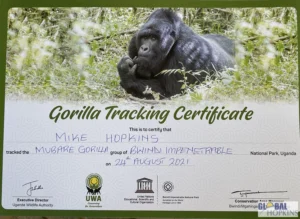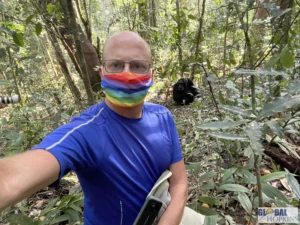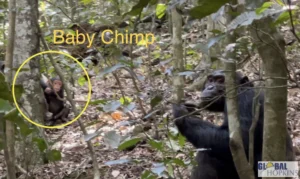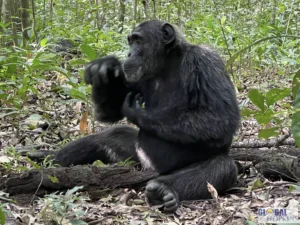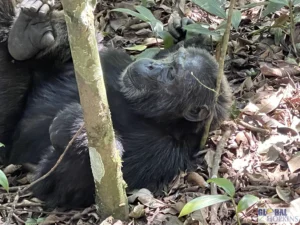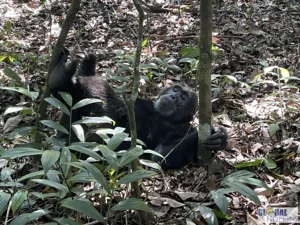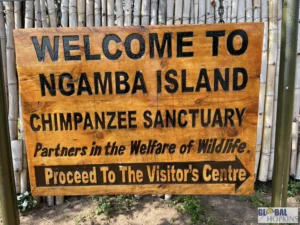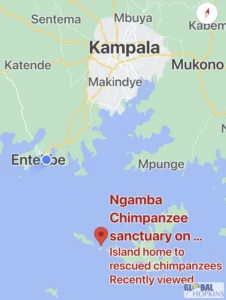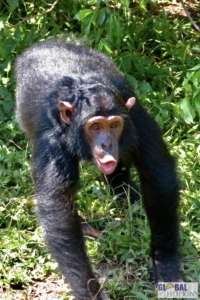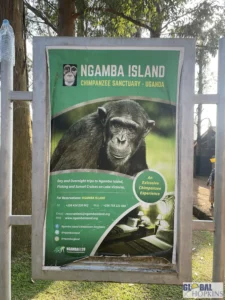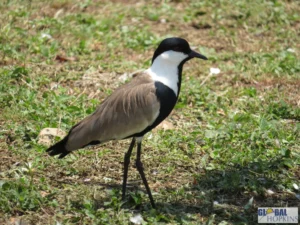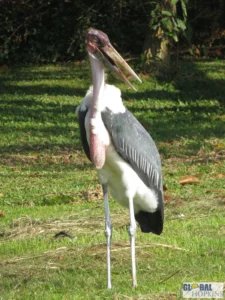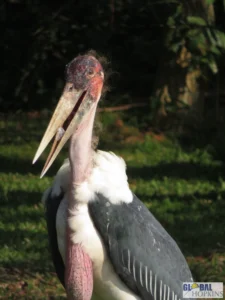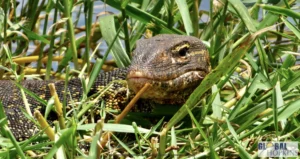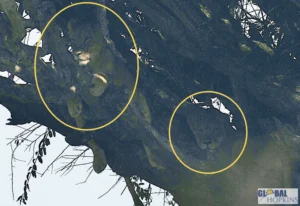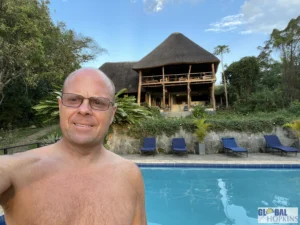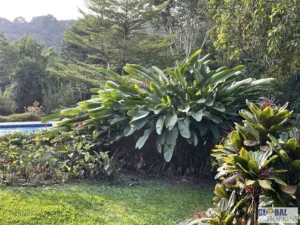Uganda is a lush, landlocked country in East Africa, straddling the equator and sharing borders with Kenya, Tanzania, Rwanda, South Sudan, and the Democratic Republic of Congo. Nicknamed the “Pearl of Africa” by Winston Churchill, Uganda is renowned for its rich biodiversity, dramatic landscapes, and welcoming people. The country features savannah plains, tropical rainforests, the snowcapped Rwenzori Mountains, and the source of the Nile at Lake Victoria. Its national parks offer some of Africa’s most diverse wildlife, including the Big Five (lion, leopard, elephant, buffalo, and rhino) and rare primates.
Mountain Gorillas in Uganda
Uganda is one of only three countries in the world where you can see wild mountain gorillas, the others being Rwanda and the Democratic Republic of Congo. Roughly half of the global population of these critically endangered great apes lives in Uganda’s southwestern highlands, primarily in:
- Bwindi Impenetrable National Park – A UNESCO World Heritage Site with dense, ancient rainforest and the largest population of habituated mountain gorilla families.
BWINDI National Park – Day 1
Visitors can join tightly regulated gorilla trekking experiences, which involve hiking through steep, misty forests to spend an unforgettable hour observing a gorilla family up close. The treks directly support conservation and local communities, making Uganda’s gorilla tourism one of the world’s best examples of eco-tourism.
- KEY FACTS: Bwindi Gorilla Trekking
- The 2018 census put the mountain gorilla population in Bwindi at about 459 individuals.
- Out of those, only some families are habituated (i.e. used to human presence) and open for trekking. There are ~24 habituated gorilla families in Bwindi that can be visited.
- These families are distributed among four sectors of Bwindi: Buhoma, Ruhija, Rushaga, and Nkuringo.
- The cost per hour (2024-2026) is $800 USD.
- Only 8 visitors are allowed per gorilla family per day. This is to reduce disturbance and manage impact.
- With ~24 habituated families in Bwindi, that gives up to ~192 permits per day maximum for the trekking option.
- Permits must be booked in advance, especially in peak tourist seasons (typically dry periods). When demand is high, places fill up quickly.
BWINDI National Park – Day 2
Kibale National Park & Its Chimpanzees
- Location & habitat: Kibale is a moist tropical rainforest in western Uganda, renowned for high primate diversity. It’s often called the primate capital of East Africa.
- Chimpanzee population: The forest supports over 1,500 chimpanzees.
- Communities / habituation:
- There are ~13 chimpanzee communities in Kibale.
- Of those, a few are habituated (so they tolerate human presence enough for trekking) or semi-habituated.
- Specific known communities include Kanyanchu (popular for tourism), Kanyawara, Sebitoli, plus others. Kanyawara is about 50-60 individuals.
Ngamba Island – Chimpanzee Sanctuary
- Ngamba Island is an island in Lake Victoria, Uganda, about 23 km southeast of Entebbe.
- It covers roughly 100 acres (≈ 40 hectares), of which about 95 acres are forested, giving the chimpanzees a semi-natural habitat.
- The island is part of the Koome group of islands.
- Founded in October 1998, the sanctuary was set up to care for chimpanzees orphaned or confiscated (from illegal pet trade, bushmeat trade, etc.) who are not likely to be reintroduced to the wild safely.
- It is managed by the Chimpanzee Sanctuary & Wildlife Conservation Trust (CSWCT), a non-profit partnering with multiple organizations (including Jane Goodall Institute, Born Free Foundation, etc.).
- There are ≈ 50-52 chimpanzees currently living there.

